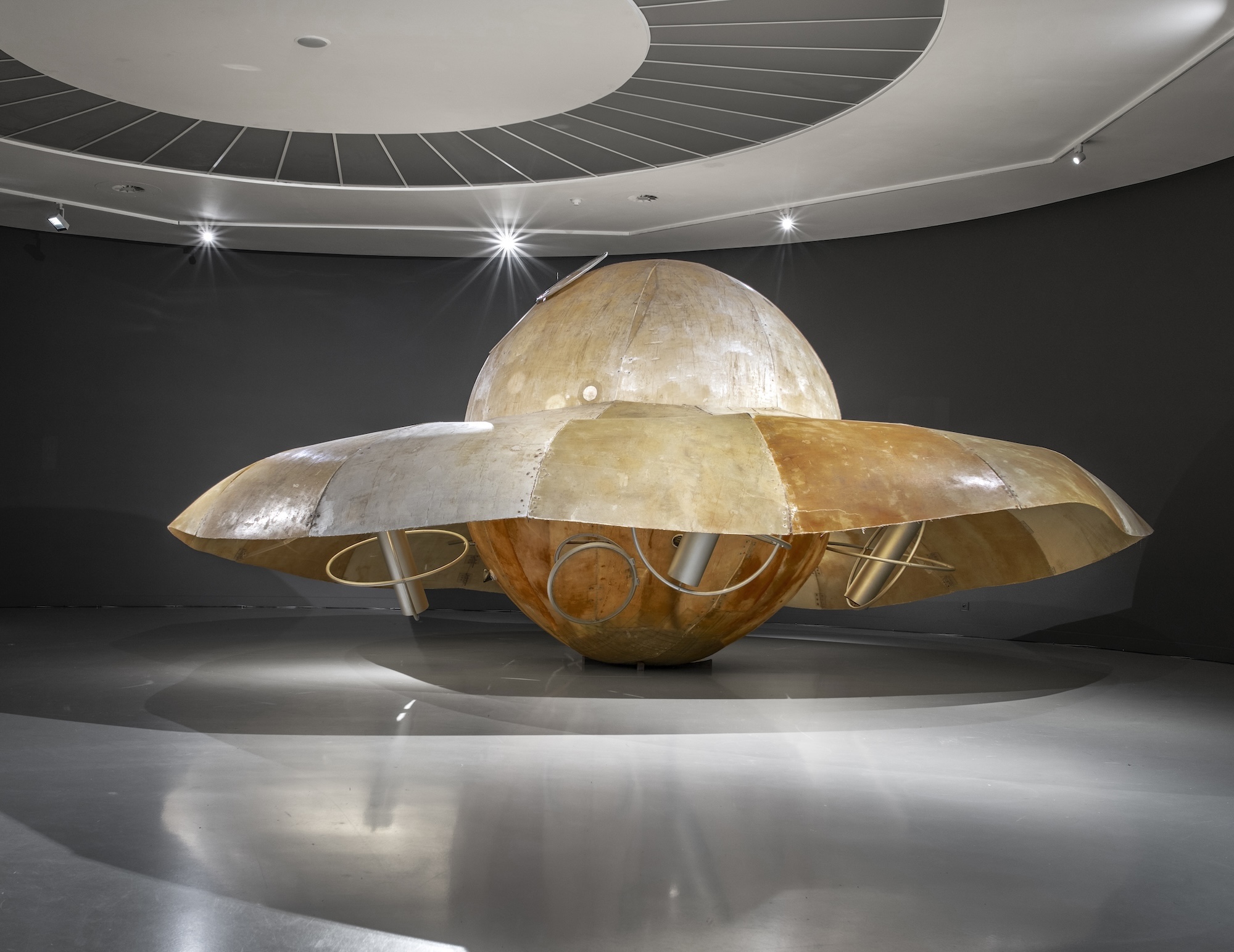The Human fascination with flight: From Leonardo da Vinci to Panamarenko
Throughout history, humans have been captivated by the dream of flying like birds. The concept of flight has been a central theme in art, literature, and science for centuries. From the sketches of Leonardo da Vinci, who envisioned human-powered flying machines in the 15th century, to the pioneering aviators of the 20th century such as the Wright brothers and Amelia Earhart, the desire to conquer the skies has driven innovation and exploration.
In the contemporary art world, Belgian artist Panamarenko has continued this tradition of exploring flight and the boundaries of human imagination. His fantastical flying machines and sculptures blur the lines between art and engineering, inviting viewers to ponder the possibilities of flight and the human quest for freedom and transcendence.
The intersection of art, science, and technology
Panamarenko’s work reflects a deep fascination with the intersection of art, science, and technology. His creations often incorporate elements of aerodynamics, engineering, and physics, challenging viewers to consider the practical aspects of flight alongside its poetic and symbolic meanings.
By pushing the boundaries of traditional artistic mediums and techniques, Panamarenko invites us to reconsider our relationship to the world around us and the profound impact of human creativity and ingenuity. His work serves as a reminder of the power of art to inspire and provoke, pushing us to dream big and reach for the skies.
Exploring the limits of human potential
Ultimately, Panamarenko’s work urges us to think beyond the constraints of the physical world and consider the limitless possibilities of human potential. His flying machines and sculptures serve as metaphors for the human spirit’s eternal quest for freedom, exploration, and self-discovery. As we marvel at his imaginative creations, we are reminded of our own capacity to defy gravity and soar to new heights, both literally and metaphorically.

